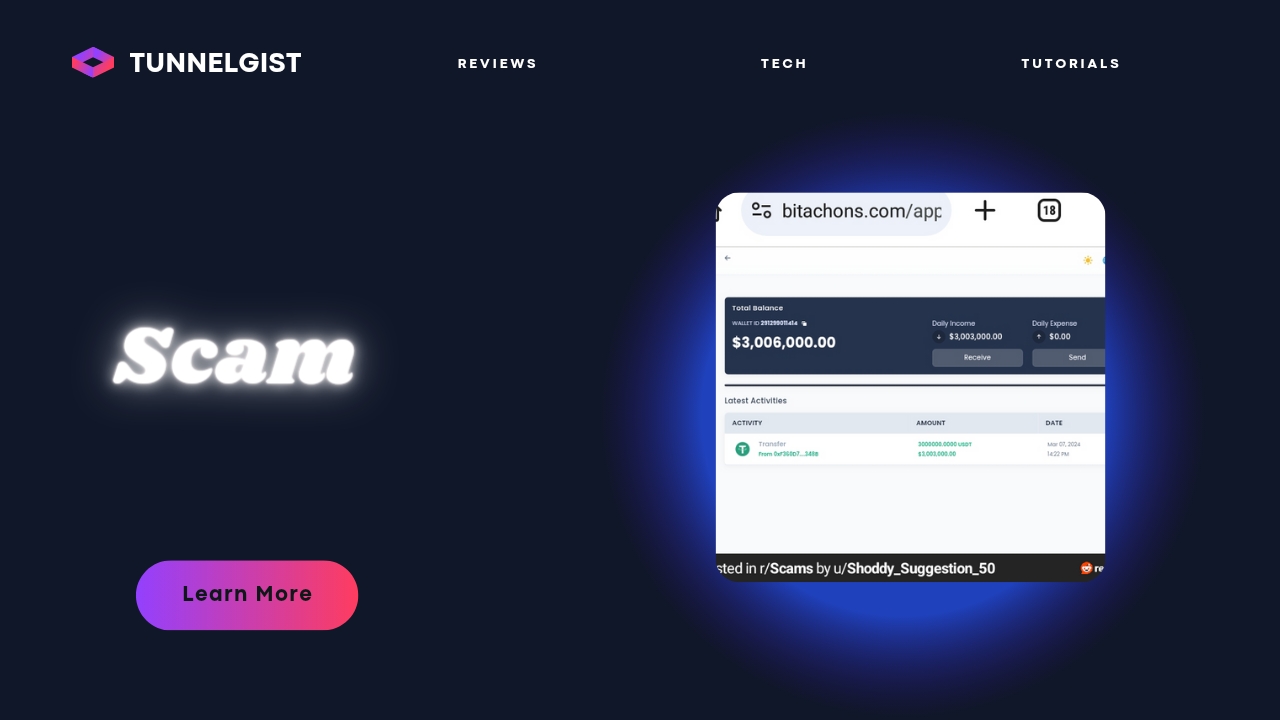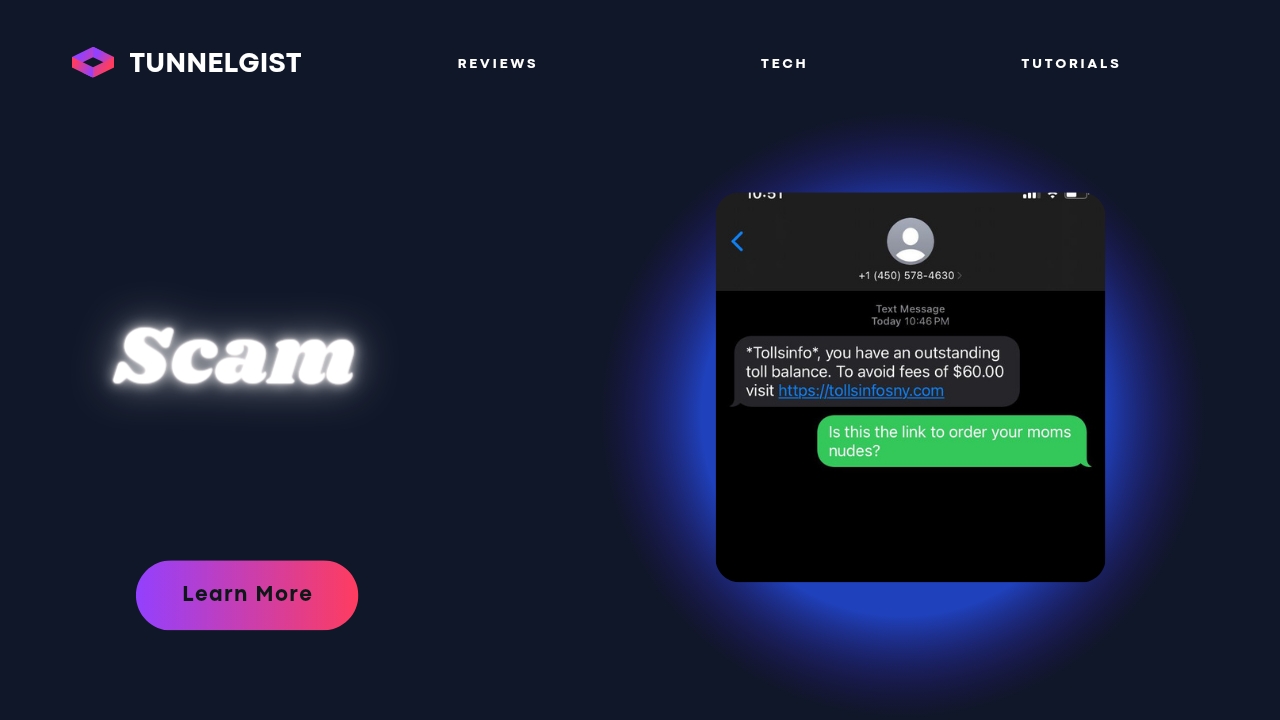
DHL Scam SMS – Fake DHL Emails and Texts
Please report phishing scams! Have you by any means received a suspicious email, SMS, Whatsapp or payment request and you are not sure if it is from DHL? These scams are currently circulating – pretending to be from DHL. Such spam text messages will either ask the recipient to click on a link. ..
Learn More:
Table of Contents
Introduction:
In today’s digital landscape, scamming activities have become more sophisticated, targeting individuals through various means. One such method that scammers employ is through the fraudulent use of DHL branding. DHL is a popular international courier service, and scammers often impersonate DHL employees or representatives to trick unsuspecting individuals into sharing personal information or falling victim to scams. In this article, we will delve into the different types of DHL scam SMS, fake DHL emails, and texts to watch out for in 2024.
Types of DHL Scam SMS to Watch Out For ⚠
1. Phishing SMS: Phishing scams involve sending fake text messages that impersonate legitimate companies. These texts often ask for personal information or direct you to click on malicious links. DHL scam SMS often claim to be regarding delivery delays, package updates, or tracking information, urging the recipient to click on a link or call a specified number.
2. Spoofed Phone Numbers: Scammers may also use fake phone numbers to impersonate DHL employees. These phone numbers look legitimate, with the actual DHL logo displayed as the caller identification. The recipient may receive a call or text message claiming that there is a delivery issue or unauthorized charges on their DHL account. The scammer will then request payment or personal information to resolve the issue.
3. Spoofed Websites: Another tactic used by scammers is the creation of fake DHL websites that look similar to legitimate DHL websites. These sites often contain fake login pages or requests for personal information. By providing their details, individuals unknowingly expose themselves to potential identity theft or financial losses.
Fake DHL Emails and Texts

1. Phishing Emails: Fraudulent DHL emails often contain urgent or time-sensitive messages about delivery issues or customs fees. The scammers request the recipient to click on a link or open an attachment to verify or update their DHL account details. However, these links or attachments may contain malware or lead to websites designed to capture personal information.
2. Fake Tracking Numbers: Scammers may send fake DHL tracking emails or provide incorrect tracking information. The recipient may be led to believe that their package has been shipped when in reality, it has not. This scam is designed to trick individuals into providing payment for non-existent delivery charges or releasing sensitive information.
3. Request for Personal Details: Fake DHL emails may ask for personal information such as billing addresses, credit card details, or social security numbers. These requests may seem legitimate as they claim to be for account verification purposes, but in actuality, they are aimed at gathering sensitive data for malicious activities.
How to Identify and Protect Yourself from Phishing Scams
1. Be Cautious with Links: Before clicking on any links or attachments received via SMS or email, scrutinize the sender’s email address and domain names carefully. Legitimate DHL communications will always come from official DHL email addresses or websites.
2. Verify Information: If you receive any SMS, call, or email requesting personal information or payment, verify the authenticity of the communication by contacting DHL directly through their official channels. Never provide sensitive information to unknown individuals or unverified sources.

3. Stay Updated: Regularly check the DHL website, social media platforms, or customer service channels for official updates or alerts regarding potential scams or changes in their communication practices. Stay informed about any phishing attempts or suspicious activities related to DHL.
4. Use Strong Passwords: It is crucial to use strong and unique passwords for your online accounts, especially those associated with shipping or payment services. Avoid reusing passwords across different platforms and enable the two-factor authentication option if available. Remember, if you run into such phishing scam you might want to report it immediately @ DHL Support 24/7 page.
You may also like 👇
Conclusion:
DHL scam SMS, fake DHL emails, and texts pose a significant threat to individuals. However, by being aware of these scams and following a few simple precautions, you can protect yourself from potential financial losses or identity theft. Remember to always verify the authenticity of any communication from DHL, exercise caution when sharing personal information, and stay updated on the latest scams to safeguard your online security.



